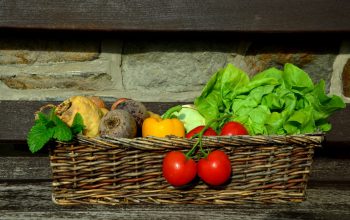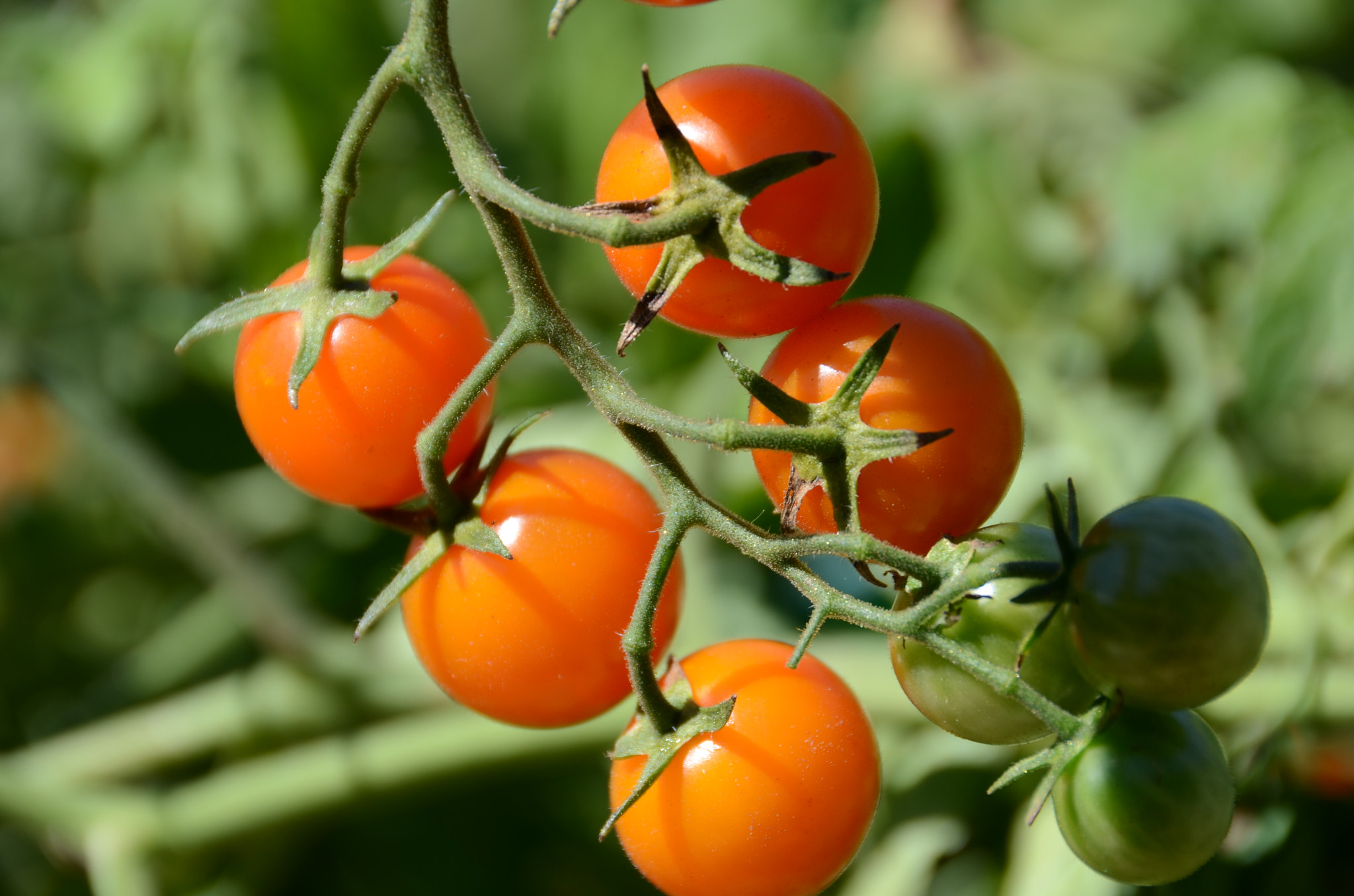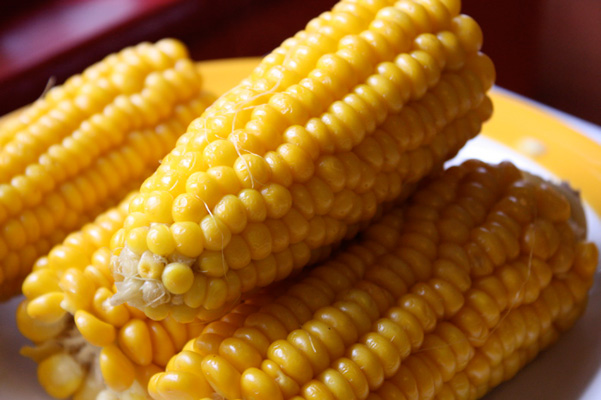Homegrown food and glorious gluts
August 10, 2020

The National Allotment Society’s annual National allotments week (10th to 16th August) is celebrating “Growing food for health and wellbeing” and is highlighting numerous reasons to grow your own. You can find more information here: https://www.nsalg.org.uk/news-events-campaigns/national-allotments-week/
Growing some of your own food is undoubtedly a wonderful thing to do, and you don’t need an allotment to get the benefits.
The period of lockdown earlier in the year encouraged lots of people in the UK to try their hand at growing some (or more) of their own foods in a range of outside spaces available to them, from gardens to window boxes.
Whether prompted to do so by news stories of panic buying and empty supermarket shelves, difficulties getting to the shops, or just the desire to spend spare time outside doing something constructive – more people than usual will be harvesting garden and allotment crops than ever this year.
As the crops are starting to appear we thought it might be useful to collate some tips for dealing with garden gluts to help you make the most of the fruits (and veg) of your labour.
Even if you haven’t managed to grow anything edible this year, many of these tips are equally applicable to shop bought produce. It’s worth making the most of your food wherever it’s come from, and shopping seasonally can be a good way to bag some bargains.
Preservation tips and recipes
We have brought together a list of commonly grown garden / allotment produce and given suggestions on a few different techniques to try. Remember that part of the fun is working out what techniques work for you and the produce you have to hand. We have provided links throughout to sources of additional information on the techniques mentioned and other recipes.

Beetroot
Beetroots are best lifted before they get too large and woody. Twist the tops off as cutting causes the beetroot juice to bleed out (losing moisture and flavour). Beetroot are great eaten raw, grated in salads. They can also be frozen but cook them first – clean carefully, leaving the skin intact to prevent bleeding and then boil for 1 to 2 hours depending on size. Skins can be rubbed off once cooked and then freeze in bags or containers, sliced or left whole depending on size. Alternatively, pickle in vinegar or turn into chutney. This chutney recipe is a favourite:

Beetroot chutney
Ingredients
1.35 kg cooked beetroot, chopped small
450g apples, chopped, peeled and cored
450g onions, chopped
3 garlic cloves, chopped
110g sultanas
570 ml spiced white vinegar
450g granulated sugar
2 tsp salt
Method
Cook the onions for a short while in a little of the vinegar. Add the apples, beetroot, garlic, sultanas and salt and cook gently stirring to avoid sticking. When soft add the rest of the vinegar and the sugar and cook slowly until reduced and there is no liquid on the surface. Let cook for 5 mins before putting in warm sterilised jars and seal.
Courgettes
It’s easy to be over-run with courgettes in the summer and they are best eaten fresh, they’re delicious grated raw into salads or eaten as ribbons in a nice dressing. There are lots of creative ways of using courgettes and summer squash, but they can also be turned into jam.

Ingredients
2.7 kg courgettes, peeled, and cut into cubes
450g pineapple, skin and core removed and cut into chunks
2.7 kg of sugar
Method
Mix the courgette and pineapple together and layer with sugar in the preserving pan. Leave overnight to extract the juice. Bring to the boil rapidly for around 10 mins, until setting point is reached (stirring occasionally). Put the jam in warm, sterilised jars and seal when cold.
French beans
These are best eaten or frozen soon after picking. To freeze; wash, trim the ends and blanch for 2 mins. Dip in cold water to cool before drying and packing in plastic bags or containers. Cook from frozen.

Runner beans
To freeze, wash, trim the ends and the stringy edges and slice into diagonal slices before blanching for 2 mins. Dip in cold water to cool before drying and freezing in bags or containers. Cook from frozen. You could also try salting your beans to preserve them:
Salted Green Beans
Top and tail the beans and cut into 5 cm lengths, before blanching for 2 mins. Dip in cold water to cool and dry. Cover the base of a plastic container with salt and add a thick layer of the beans on top, continue layering the salt and beans until the container is full. Top with a layer of salt. Cover with a lid and put a weight on top and keep in a cool place for 6 months. The salt turns to brine which preserves the beans. To eat, soak the beans in cold water for an hour before cooking.

Tomatoes
Ripe tomatoes
These can be frozen whole, skin on. Skins can be removed later by putting the tomatoes in a bowl of hot water before adding them to stews or sauces. Alternatively, cook first and then puree and sieve before freezing.
Unripe tomatoes
Fed up of trying to ripen your last tomatoes as the days draws draw in, then this is the perfect no fuss recipe:
Pickled Green Tomatoes
Ingredients
50g fresh root ginger
600 ml white wine vinegar
100g sugar
6 garlic cloves, peeled and sliced
900g green tomatoes, sliced
Method
Put the tomato slices into warm, sterilised jars. Bruise the root ginger by bashing it a few times with your rolling pin and then put the vinegar, sugar, garlic and ginger into a preserving pan and bring to a simmer for 10 mins. Pour the hot vinegar over the tomatoes to fully cover them and seal. If using jars, remember to use plastic coated lids as the vinegar will corrode metal. Allow the pickle to mature for a few months before enjoying with cheese. Pretty much any vegetable can be pickled.

Sweetcorn
Best eaten or frozen straight after picking. To freeze on the cob, trim the stalks and pull off the outer husks and silks, blanch for 5 mins and then dip in cold water to cool before drying and freezing in bags. They can be cooked in boiling water for 5 mins straight from the freezer. Alternatively, use a knife to remove the kernels, blanch for 1 min before draining and freezing in bags or containers.
Where to get more information
- Lowimpact.org have produced an extensive list of food preservation techniques which might be a good place to start further research.
- Love Food Hate Waste have a range of online tools to help you make the most of your foods when it’s time to eat them, from a recipe finder to a portion planner. They also have an A-Z of storage for fresh foods.
- Hubbub.org.uk have a handy guide to making the most of your freezer.
- If you run out of storage space or really can’t face eating your way through everything you have grown, you can always share it with friends, neighbours or even with a total stranger. There are many apps to connect you with people who want your surplus. Olio is a good place to start.
- Home composting goes hand in hand with homegrown. For advice on getting nutrients back into your soil see our home composting pages.










